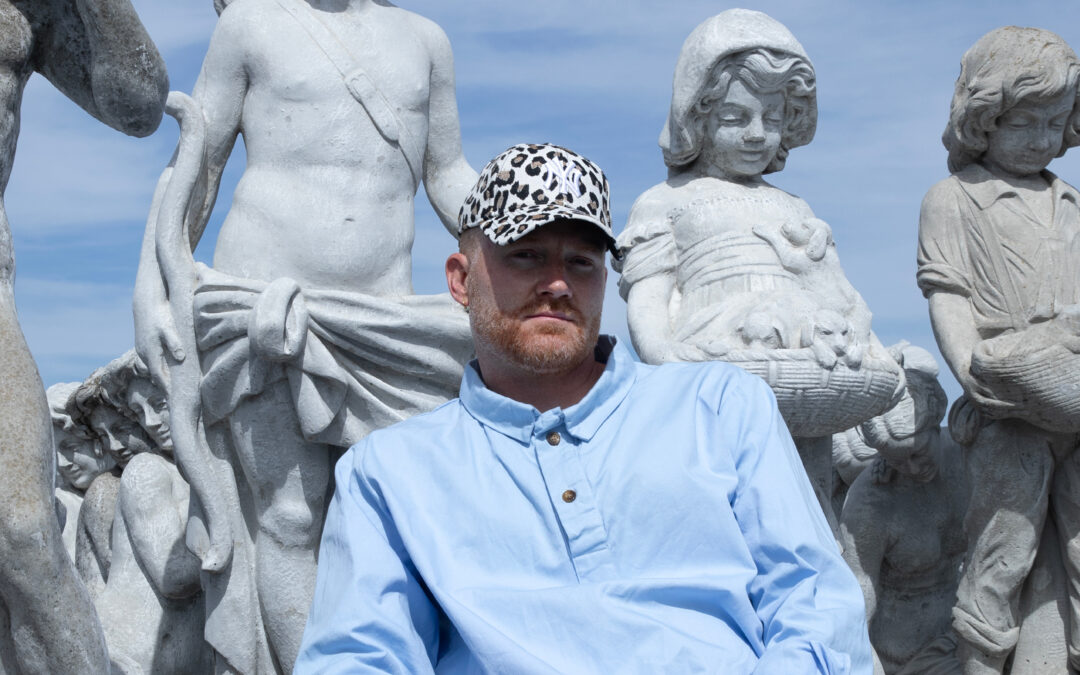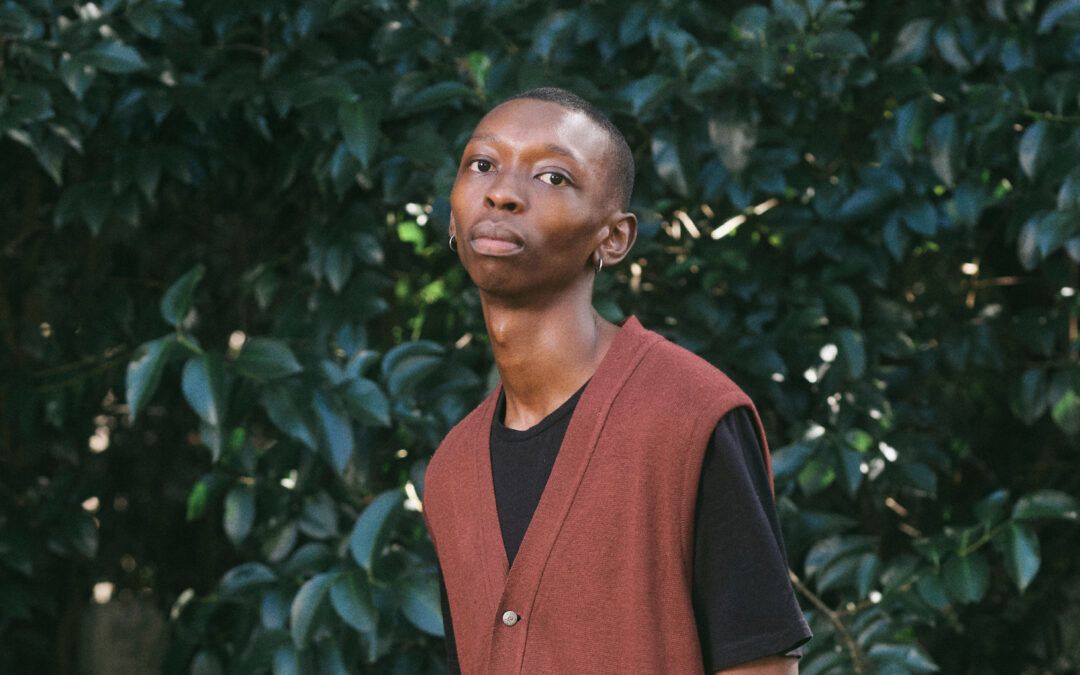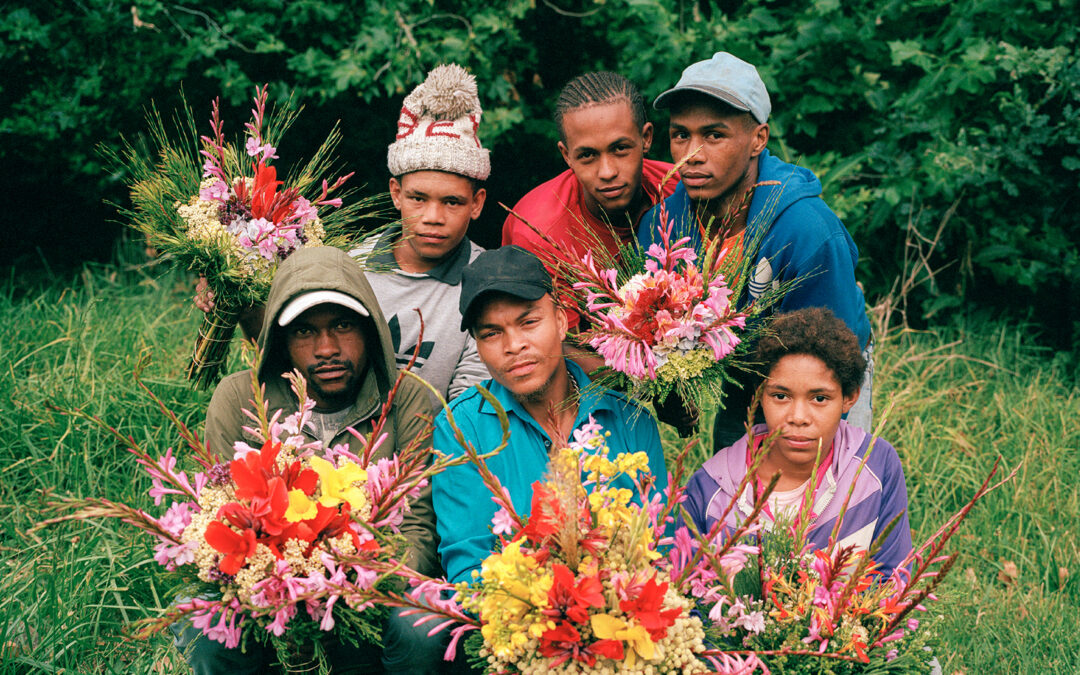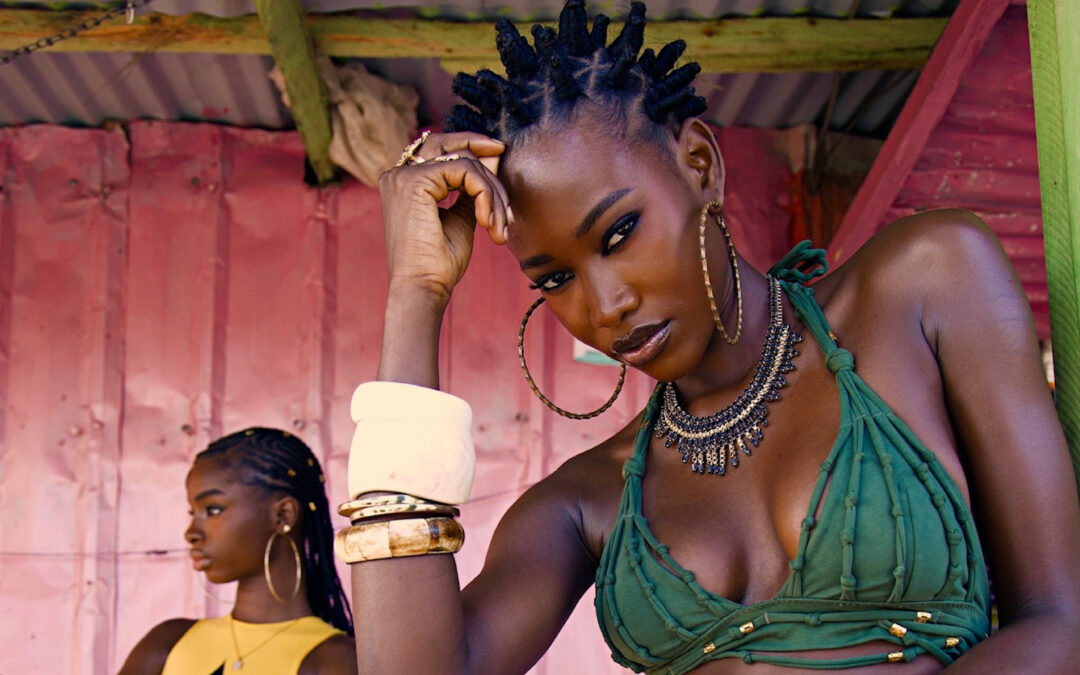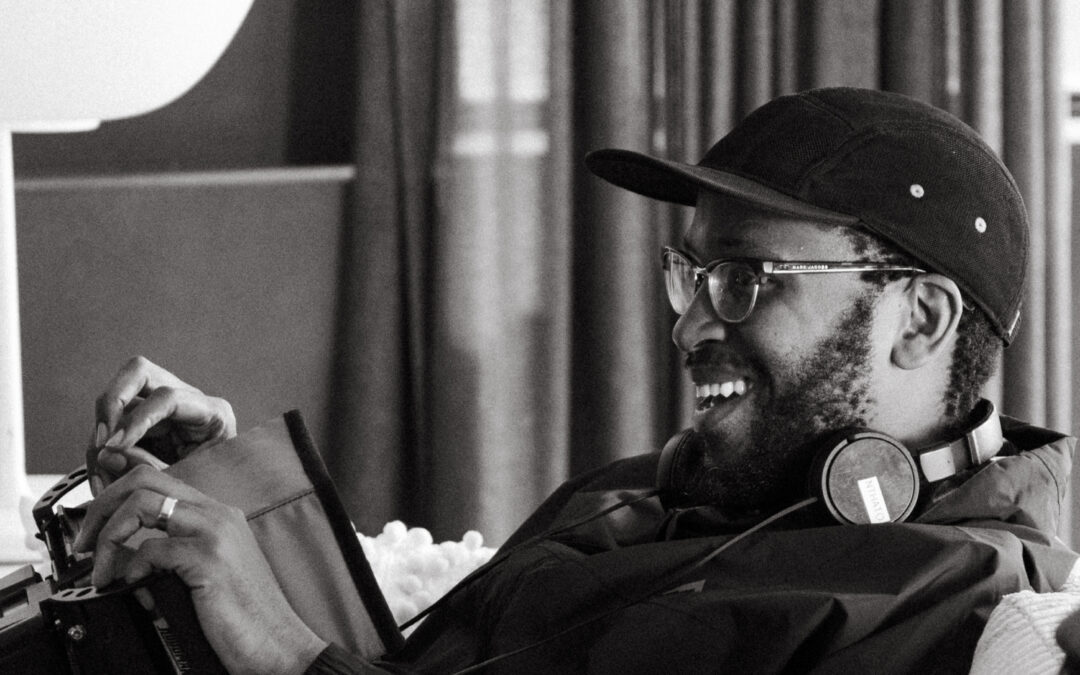Chances are, you’ve experienced or loved something that Noxolo Mafu has had her hand in. Her career, across journalism, fashion, television, and brand leadership, spans some of our most beloved cultural institutions, and her portfolio is a masterclass in cultural influence. Over the past two decades, she’s moved deftly through the changing landscape of South African media; from breaking stories on the frontlines of journalism to shaping vision of the modern woman’s interior and exterior life as Cosmopolitan’s Deputy Editor, to captivating morning audiences on Expresso, and now, commanding the cultural current as Senior Brand Manager at adidas — Nox is a connector, a creative and an ardent believer that mass culture is where the magic is.
This reframing that she shares with me, of mass culture as the fruits of our zeitgeist, is a necessary reorientation for our young democracy, where representation and creative ownership are as political as they are personal. South Africa is richer for voices like Nox’s; ones that understand how to express the narrative, and how to move it forward with substance and soul.
That passion for narrative, and for instituting what stories are told and how, has been with Nox since the beginning. “I’ve always been drawn to storytelling, even before I had the language for it,” Nox shares, “initially, I wanted to be a TV presenter, then a documentarian — I was fascinated by what visuals could evoke emotionally. I was especially interested in showing more range in how we express culture. Back then, there wasn’t enough representation of things like street style or township culture in mainstream media, and I really felt compelled to be a voice for that.”

Nox Mafu photographed by Elsa Pallet
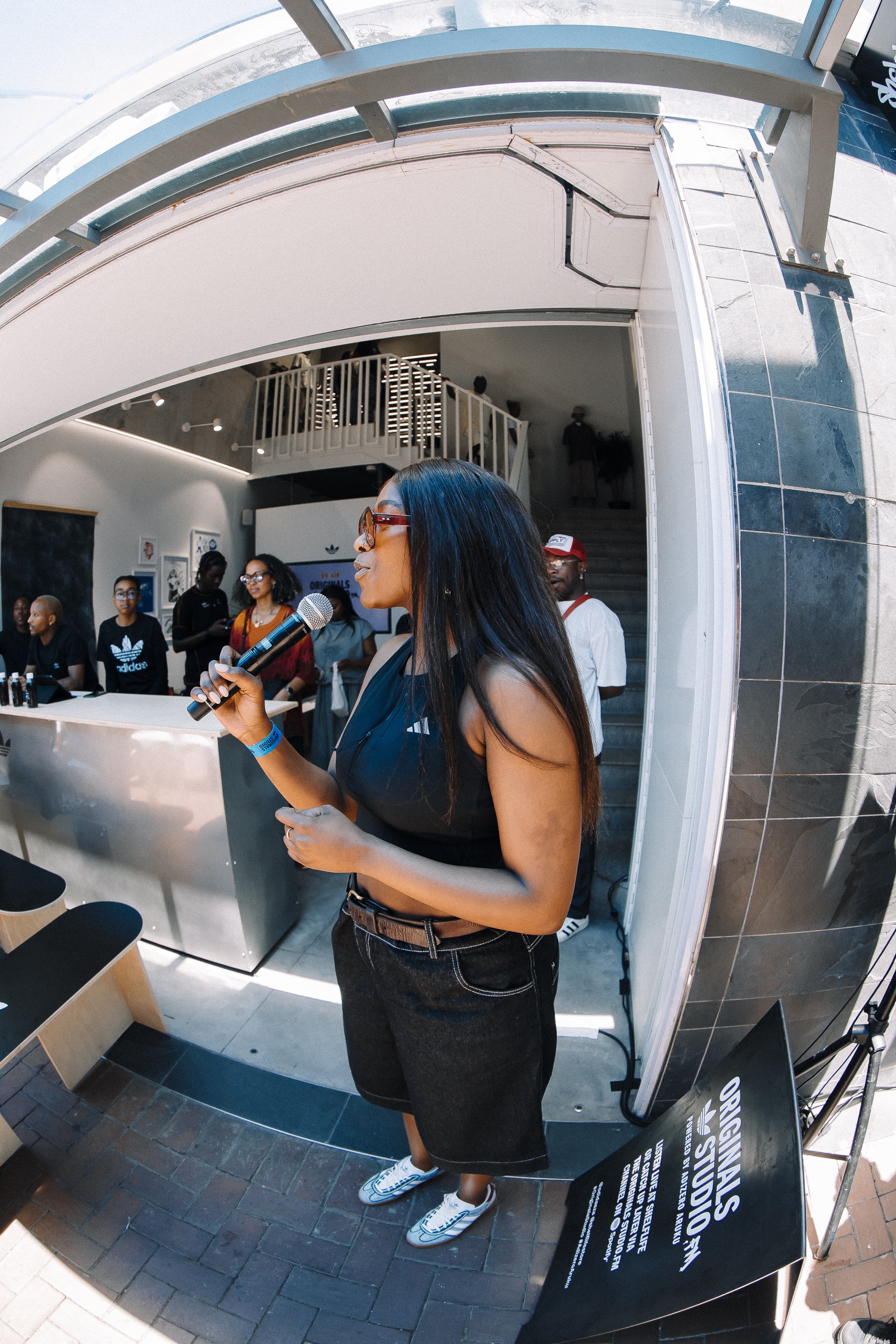
Nox Mafu photographed by Gabriel Bambo
Nox’s edification took place at a pivotal cultural moment; #FeesMustFall was the awakening that sharpened her political lens and softened her journalistic approach. The movement — a nationwide student-led protest demanding free, decolonised education — shook institutions to their core and demanded that South Africa reckon with its unfinished liberation. It remains the single biggest youth uprising since 1994, and a defining moment for a generation of young thinkers, creatives, and leaders. As Nox explains, “when I studied journalism at Rhodes, I truly believed I’d become a hard news reporter — eNCA-style. Being on the frontline during FeesMustFall and in political spaces made me realise I was too sensitive to be in those environments long-term. That was when I started gravitating toward lifestyle and still telling important stories, but through a lens that allowed for more emotional connection, more nuance, and more joy.” There are many ways to chart the future, and understanding that one’s activism can express in many ways is the work of many of our generation’s South Africans.
It’s no secret that our reverence for the nostalgic era of magazine culture heavily informs our work here at CEC — and this golden editorial era was a space that Nox found herself immersed in, as Deputy Editor at Cosmopolitan. My memories of the magazine are cloaked in feminine ritual, paging through as a young teen, reading about womanhood in all its contradictions, curiosities, and complexities.
Nox reminisces that, “at Cosmopolitan, I found this beautiful meeting point — I could still do meaningful journalism, but centred on women, their voices, and their power. Whether it was around sexuality, politics, or business, it was about liberation, ultimately,” and that, “I started to realise the work I wanted to do didn’t have to live in opposition to commerce — there was a way to make culture-driven content that was also commercially savvy. That’s when I started thinking more strategically, learning how to sustain a magazine, a brand, or a campaign.” The idea that a women’s magazine was unserious, superficial, or apolitical begs the outdated scars of our male-dominated culture, and Nox’s perspective is a reminder that a feminist and nuanced lens can be carried with you wherever you go, and wherever you work. That spaces often dismissed as light or frivolous are, in fact, sites of powerful cultural production and identity formation, are essential — and we can create them almost anywhere we find ourselves.
Today, Nox is the Brand Manager of Originals at adidas South Africa — the local arm of the iconic sports brand that has consistently engaged culture in untold ways through lifestyle and creativity. Through her work, alongside her team and their extended creative agency, Room Studio, Nox has helped shape some of the most inspiring and important cultural output of the last five years. I’d argue, of the last twenty, giving an international brand a truly and deeply local voice and expression. “When the opportunity came up for an eighteen-month contract at adidas, I didn’t hesitate — I didn’t even tell my family. I just quit my job and took the risk. I told myself, let me do so well that they’re forced to keep me. Well, they did. That risk completely changed my life. I never imagined myself in sports — I was actually terrible at it in school — but the lifestyle side of adidas was a dream. I get to tell stories through product, through creativity, through people.”
At every point in her journey, Nox has brought not just skill, but a distinct and necessary perspective — one sharpened by the awareness that people like her were rarely in the room, “in every space I’ve worked in, I’ve tried to bring a different perspective — mostly because there just weren’t enough people like me in the room. Whether it was pitching stories in the newsroom or commissioning features, I’ve always looked for the intersection between how people live, what they believe, and how that shapes culture. I remember being so adamant about getting alternative DJs and artists featured in Cosmo — that kind of underground-meets-mainstream crossover is something I’ve always wanted to champion.”

Nox Mafu photographed by Elsa Pallet
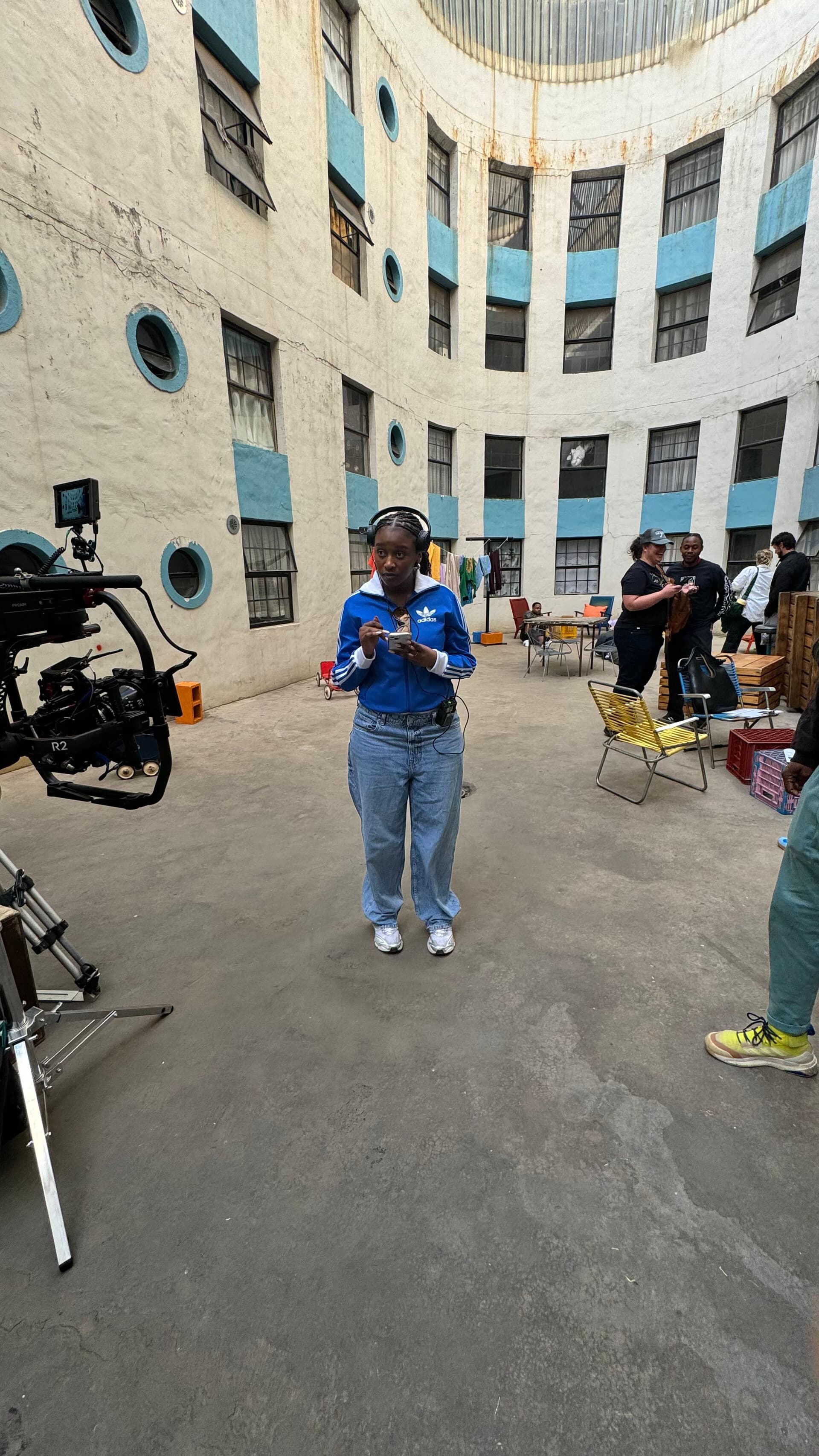
Nox Mafu photographed by Jaimi Robin
This ethos — of making culture more porous, more layered, more real — runs through her creative leadership today. Whether she’s directing a campaign or building a team, Nox leads with purpose, and with people at the centre. Nox says that, “for me, leading a team starts with a shared sense of purpose. We all know what the deliverables are — make the campaign, sell the product — but what’s the point of departure? What do we stand for?” and that “I like to co-create that with the people I work with, because when we’re aligned on purpose, everything else flows. Skills can be taught. It’s the soft skills, the care for people, that make the real difference.”
It’s a rare combination to hold business acumen, deep emotional intelligence and a strategic mind grounded in care. Perhaps it’s no surprise — instinctive to character, but also since Nox cut her teeth early on in journalism, her first love, which trained her, “I’ve learned that no matter how senior you are, being vulnerable and meeting people where they are is your superpower. Journalism taught me this. You’re constantly thrown into unfamiliar places and expected to bring back a story. That builds a muscle of connection. Now, when I need to find new talent or creative collaborators, I don’t hesitate to reach out, even cold. I’ll just say, ‘I love what you’re doing. Can we chat?’ That openness is underrated.”
For Nox, the work at adidas is as much about building infrastructure as it is about shaping culture. She sees her role as one that clears the path; opening doors for others, enabling creativity, and protecting the integrity of vision. “adidas has always stood for culture — it’s baked into the DNA of the brand,” she explains. “In South Africa, we’ve been fortunate to build on a solid foundation laid by the team before us, which gave us the confidence to take creative risks. For us, it’s not about being prescriptive. We put the opportunity in the hands of the creator. Our job is to open doors, remove friction, and help get their vision over the line.”
“I always say my skill is being able to translate creative ideas into corporate language. I know how to speak both dialects — what the artist is trying to do and what the business needs,” Nox says, “we’re not trying to follow a formula. If we stay at our desks for too long, we’ll become prescriptive instead of descriptive. The job is to stay close to the streets, close to the people. We’re constantly asking questions, listening, and watching. That’s the only way to keep things alive.”
Despite the pace and demands of brand life, Nox still holds a soft spot for the slower, more considered rhythms of old-school media. It’s where she began, and where her love for storytelling first took root. “Media has such a deep place in my heart — it’s where I started, and I still miss those slower, more intentional days,” she reflects. “I think of the Mail & Guardian’s Friday paper or long-form lifestyle journalism that really took time to reflect on the moment. Today, we’re stuck in this rapid-fire news cycle that mirrors the lifecycle of influencer marketing: everything’s fast, everything’s formulaic.”
I ask Nox if she holds any nostalgia for tangible print and if that time is something she ever longs to return to, which she muses, “I’m not nostalgic for print per se — I’m nostalgic for thoughtfulness. For the time to reflect, to write slowly, to really look at what’s happening around us. We’re in such a rich cultural moment, but sometimes we miss it because we’re already moving on to the next. I think we need to take more time to give people their flowers while they’re still blooming.”
“The kind of content that holds people — that makes them read until the end — is increasingly difficult to create. There’s so much visual noise, so many audio clips, so much speed. I think the real win is in redefining how we experience culture in real time, how we archive it meaningfully, and platforms like yours have the potential to do that,” Nox shares, “Y-Mag was that for us growing up. It was a platform that reflected back to us who we were — young, black, creative, dreaming. It shaped the culture. If we can make Adidas feel to someone today like Y-Mag felt to us back then, then we’ve done the job, and then some.” Y-Mag was a seminal publication for a generation of South African youth, particularly young black creatives navigating identity and aspiration in the post-apartheid era. It offered a rare, authentic mirror, indicative of a rapidly changing context and possibility for South Africa youth. For Nox and many others, it was a cultural touchstone that has undoubtedly created both personal and collective dreams that inform South African creative culture today.
In her current role, Nox’s creative process begins with a simple approach: a product acts like a brief, a starting point to tell a story that resonates locally. Nox explains, “You get given a shoe, a capsule, a collection, and your job is to understand the intention and translate that into a story that means something in your local context. Who’s the person this will speak to? How do we build a world around that?” For her, sport and culture are inseparable — the energy on a football field or the unity felt during a rugby match shapes how people gather, and also what they wear and how they dream. “A child’s first cricket bat or their school kit often determines their future brand loyalty. Those emotional anchors influence fashion choices, identity, and community. So for me, culture and sport are absolutely intertwined.”
I ask Nox where she is at personally and professionally; what her current vision is, and how she hopes the future will unfold. She tells me she’s “in a season of wanting to give back —through putting people on, and through building actual structures of mentorship. I want to show that you don’t have to choose between creative work and a corporate career. You can live in both those worlds, and there’s a lot more of us around that than you think. I want to be a bridge for people like me.”
Nox’s dreams extend far beyond the local landscape. “I’m dreaming about the continent right now. There’s so much happening across Africa. I want to go deeper, to build more, to grow a creative footprint in a way that feels rooted. I also want to do the work at home and create sustainable ways to teach the business of creativity. So often people are DM’ing me looking for collabs, but what we really need is infrastructure and education.” Infrastructural barriers remain our greatest challenge in South Africa, but I have no doubt that Nox — with her purpose and precision — can be part of the solution that breaks down those walls and builds a more inclusive, sustainable creative economy.
Nox tells me about her work at Expresso, and how she was able to connect with people across generations and diverse contexts, and how this will always inform that way she thinks about the world; that, “mass doesn’t mean mediocre. Mass needs curation. And that’s the heartbeat of this country. We need to keep creating in ways that honour that, and that reach everyone without losing the depth.”
As always, and for our community of inspiring creatives, I asked Nox for her words of wisdom; “if you’re reading this article, you’re already in the right place. The best advice I can give is to be open, to say yes more often. So many of the most magical things in my life came from doing things I didn’t plan for. You don’t have to be good at everything, you just have to be willing. That’s where growth happens.” Nox continues, “and don’t wait for the brand to come. They’re usually late anyway. What gives a brand confidence is seeing that you were already doing the work without them. So keep going; your voice matters, and your perspective matters. When the time is right, it will shine.” What more can I say than that? Nox Mafu is a definitional trailblazer, and our culture is intensely richer for it.
Written by Holly Beaton
For more news, visit the Connect Everything Collective homepage www.ceconline.co.za


